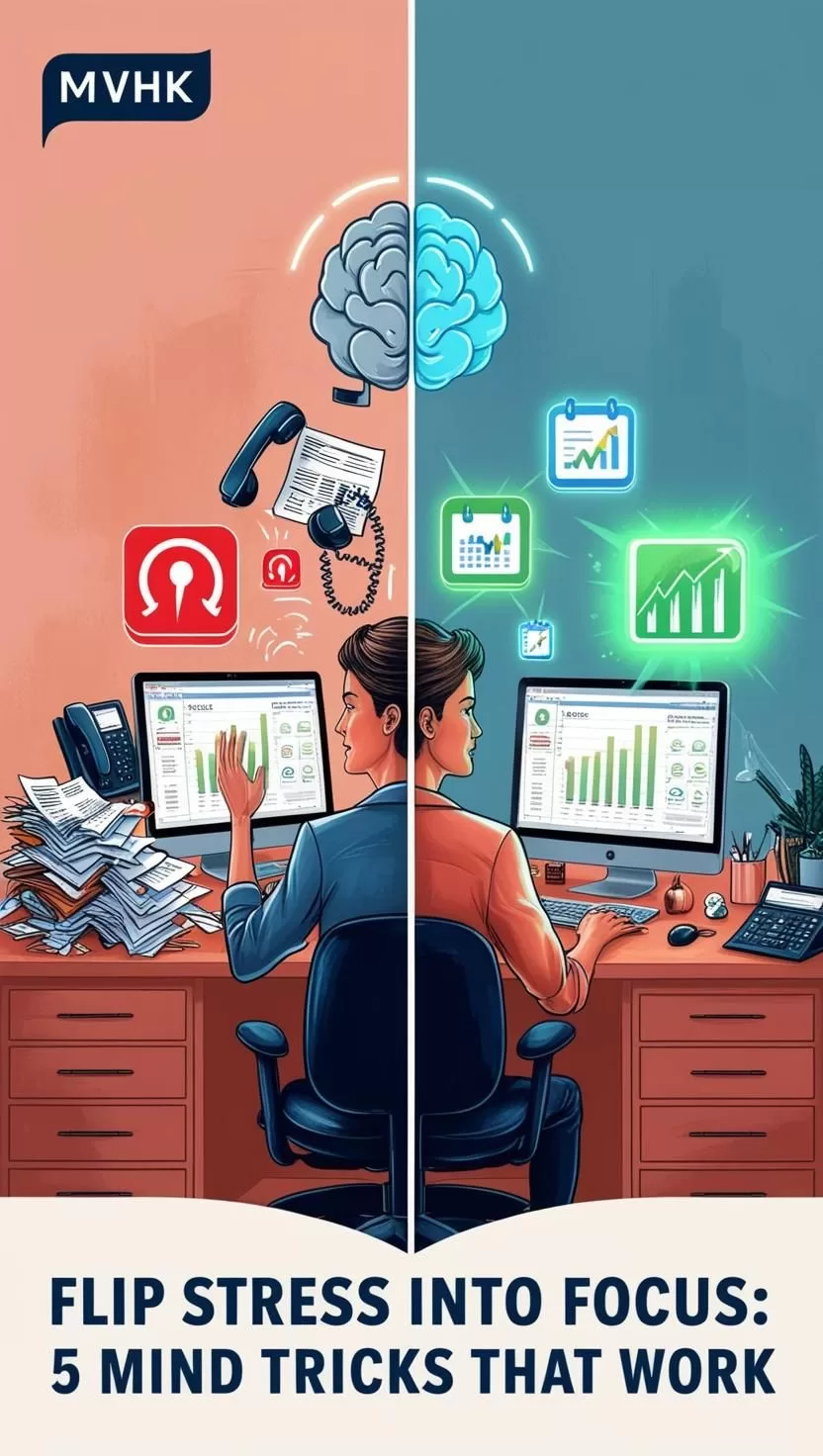Break Procrastination with Implementation Intentions: What Science Says
Procrastination isn’t a failure of willpower or time management—it’s a form of emotional self-regulation. According to Dr. Tim Pychyl, a leading procrastination researcher, we delay tasks not out of laziness but because we’re trying to avoid negative feelings. But there’s a powerful, evidence-backed fix: implementation intentions.
🎯 The Science Behind Implementation Intentions
Latest Research
Procrastination is an emotional regulation issue. Dr. Tim Pychyl’s 30+ years of research shows we procrastinate to dodge discomfort—like anxiety, boredom, or self-doubt. But delaying work only increases stress and reinforces avoidance behavior. Implementation intentions interrupt this cycle. A study published in the Journal of Applied Psychology found that using specific “when-then” plans can boost goal completion by up to 91%.
Mechanisms
Implementation intentions convert vague goals into precise triggers for action. Example: “When I finish my lunch, I will outline two slides of my presentation.” These plans activate a cue-response link in the brain, reducing the cognitive load of decision-making and bypassing emotional resistance.
Expert Opinions
“Forming implementation intentions is like preloading your brain with the right code,” says Dr. Gollwitzer, a pioneer in goal-setting research. “They automate responses, making follow-through more likely, even under stress.”
💪 Implementation Guide
Getting Started
Start by identifying a single task you’re avoiding. Then craft a “when-then” plan:
- Identify the cue (“when”)
- Attach the desired behavior (“then”)
Example: “When I get home, I’ll spend 10 minutes organizing my desk.”
Progression Strategies
- Start small—micro-goals reduce overwhelm.
- Use environmental cues (coffee, music, location).
- Track successes to build confidence.
- Review daily and refine.
Common Mistakes
- Making vague intentions (“I’ll try to write”)
- Ignoring emotional triggers
- Planning too far ahead
🚀 Advanced Techniques
Personalization
Tailor “when-then” cues to your daily routine. Night owls? Plan post-dinner writing. Morning person? Schedule tasks after your workout.
Technology Integration
Use apps like Todoist or TimeBloc to log when-then plans. Set reminders tied to calendar events or habits.
Sustainability
Consistency is key. Pair plans with intrinsic rewards (e.g., “When I write 200 words, then I’ll have a matcha break”) to reinforce behavior.
📊 Results & Success Stories
Case Studies
In one case, a corporate exec cut her email backlog by 70% using “when-then” planning tied to her morning coffee ritual.
Measurable Outcomes
- 91% task completion improvement (JAP)
- 2x higher follow-through in ADHD adults
- 50% drop in deadline stress
Community Feedback
Reddit’s /r/productivity forum is full of testimonials praising implementation intentions for breaking chronic procrastination cycles.
🎯 Action Plan: Start Today
Week 1-2: Foundation
- List 3 tasks you’ve been avoiding
- Create simple “when-then” intentions for each
- Review results nightly
Week 3-4: Progression
- Add time tracking to evaluate patterns
- Incorporate intentions into daily planner
- Combine with Pomodoro method
Long-term Maintenance
- Rotate intentions monthly
- Use reflection journals
- Celebrate completions
🧠 FAQ Section
What are implementation intentions?
They’re structured “if-then” or “when-then” plans that link a situation to an action, helping overcome procrastination.
Is procrastination really emotional?
Yes. Studies confirm it’s tied to mood regulation—tasks we dread cause emotional discomfort, which we avoid.
How do I use this daily?
Write down 2–3 “when-then” plans the night before. Use natural cues like meals, routines, or time blocks.
How fast does this work?
Most people see improvement within a week—especially when starting small and staying consistent.
Is it safe for mental health?
Absolutely. It’s recommended by psychologists and works well alongside therapy or coaching.






